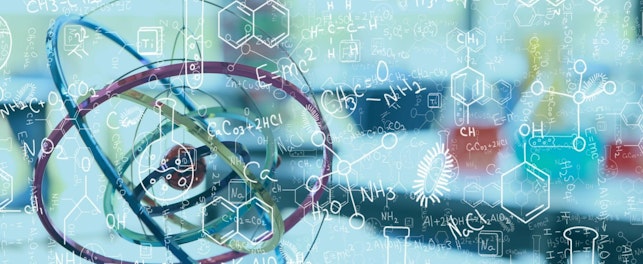SG 077.22
The EU has informed the WTO of its intention to expand the restriction of lead under REACH. The draft regulation is proposed to be adopted in Q4 of 2022.
On June 8, 2022, the World Trade Organization (WTO) announced a draft regulation from the European Union (EU) on its intention to expand the scope of restriction of lead and its compounds under entry 63 to Annex XVII of Regulation (EC) 1907/2006 ‘Registration, Evaluation, Authorization and Restriction of Chemicals (entry 63 to Annex XVII of REACH)’. The draft regulation, attached to WTO document 22-4321 and notified under G/TBT/N/EU/897, restricts lead in PVC polymers and copolymers.
The proposed regulation contains several derogations. It:
- Permits certain PVC articles containing recovered rigid PVC to be used for 10 years after the date of entry into force of the regulation, but subject to less than 1.5% lead in the recovered rigid PVC, and less than 0.1% lead for a layer of newly produced PVC or other material that covers the recovered rigid PVC. These PVC articles containing recovered rigid PVC are profiles and sheets for 1) specified applications in buildings and civil engineering works, 2) decks and terraces, and 3) specified interior building applications, as well as certain multi-layer pipes and fittings
- Directs suppliers of PVC articles containing recovered rigid PVC with 0.1% or more of lead to provide the statement ‘Contains lead’ on the article – this statement can be placed on the article packaging if it is not possible on the article
- Requires suppliers of PVC articles containing recovered rigid PVC to provide documentation to national enforcement authorities, if requested, to substantiate the claims on the recovered origin of the PVC in those articles. Substantiation of such claims may include certificates issued by schemes to demonstrate traceability and recycled content, such as EN 15343:2007 ‘Plastics – Recycled Plastics – Plastics Recycling Traceability and Assessment of Conformity and Recycled Content’, or equivalent recognized standards. Claims made on the recovered origin of the PVC in imported articles must be accompanied by a certificate that provides equivalent proof of traceability and recycled content, issued by an independent third party.
- Exempts the following:
- PVC-silica separators in lead-acid batteries, for 10 years after the date of entry into force
- ‘Jewelry articles’ and ‘articles supplied to the general public that can be mouthed by children’ (paragraph 1, in accordance with paragraphs 2 to 5 & paragraph 7, in accordance with paragraphs 8 and 10) under entry 63 to Annex XVII of REACH
- Articles within the scope of four pieces of legislation (see Table 1)
Highlights of the draft regulation on lead in PVC are summarized in Table 1.
Draft Regulation Amending Entry 63 to Annex XVII of Regulation (EC) 1907/2006 as Regards Lead and its Compounds in PVC | |||
|---|---|---|---|
Substance | Scope* | Requirement | Proposed Effective Date |
Lead | Articles produced from polymers or copolymers of vinyl chloride (PVC) | Prohibited to be used | 2 years after date of entry into force |
PVC articles | < 0.1% in PVC materials, otherwise prohibited to be placed on the market | ||
*Articles within the following scope are exempt:
| |||
Table 1
According to the WTO document and the draft regulation, it is proposed that the draft regulation is:
- Adopted in Q4 of 2022
- Brought into force 20 days from its publication in the Official Journal of the EU
- Brought into effect two years after the date of entry into force
SGS is committed to providing information about development in regulations for consumer products as complimentary services. Through a global network of laboratories, SGS provides a wide range of services including physical/mechanical testing, analytical testing and consultancy work for technical and non-technical parameters applicable to a comprehensive range of consumer products. Please do not hesitate to contact us for further information.
For inquiries, please contact:
Dr. Hingwo Tsang
Global Information and Innovation Manager
t: (+852) 2774 7420
© SGS Société Générale de surveillance SA - 2022 - All rights reserved - SGS is a registered trademark of SGS Société Générale de surveillance SA. This is a publication of SGS, except for 3rd parties’ contents submitted or licensed for use by SGS. SGS neither endorses nor disapproves said 3rd parties contents. This publication is intended to provide technical information and shall not be considered an exhaustive treatment of any subject treated. It is strictly educational and does not replace any legal requirements or applicable regulations. It is not intended to constitute consulting or professional advice. The information contained herein is provided “as is” and SGS does not warrant that it will be error-free or will meet any particular criteria of performance or quality. Do not quote or refer any information herein without SGS’s prior written consent.



